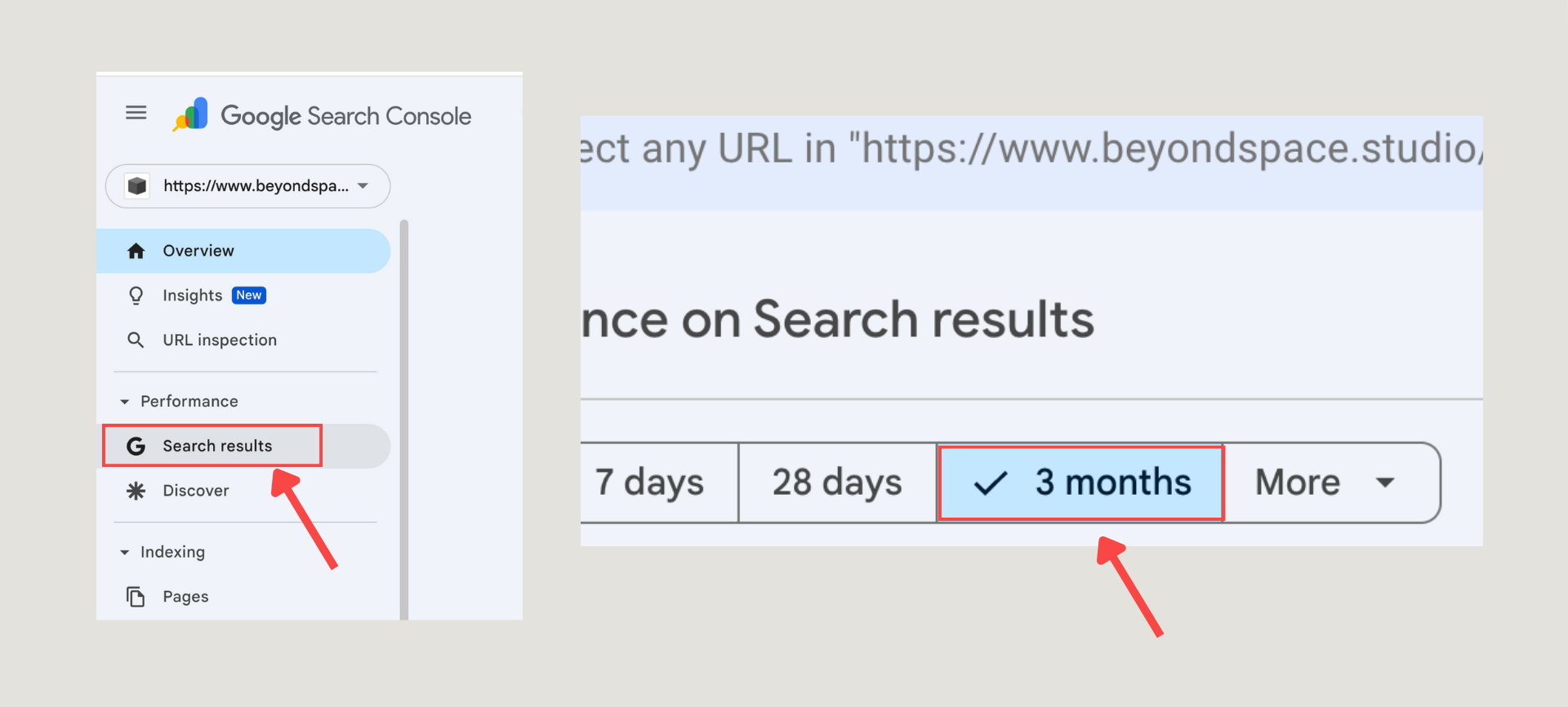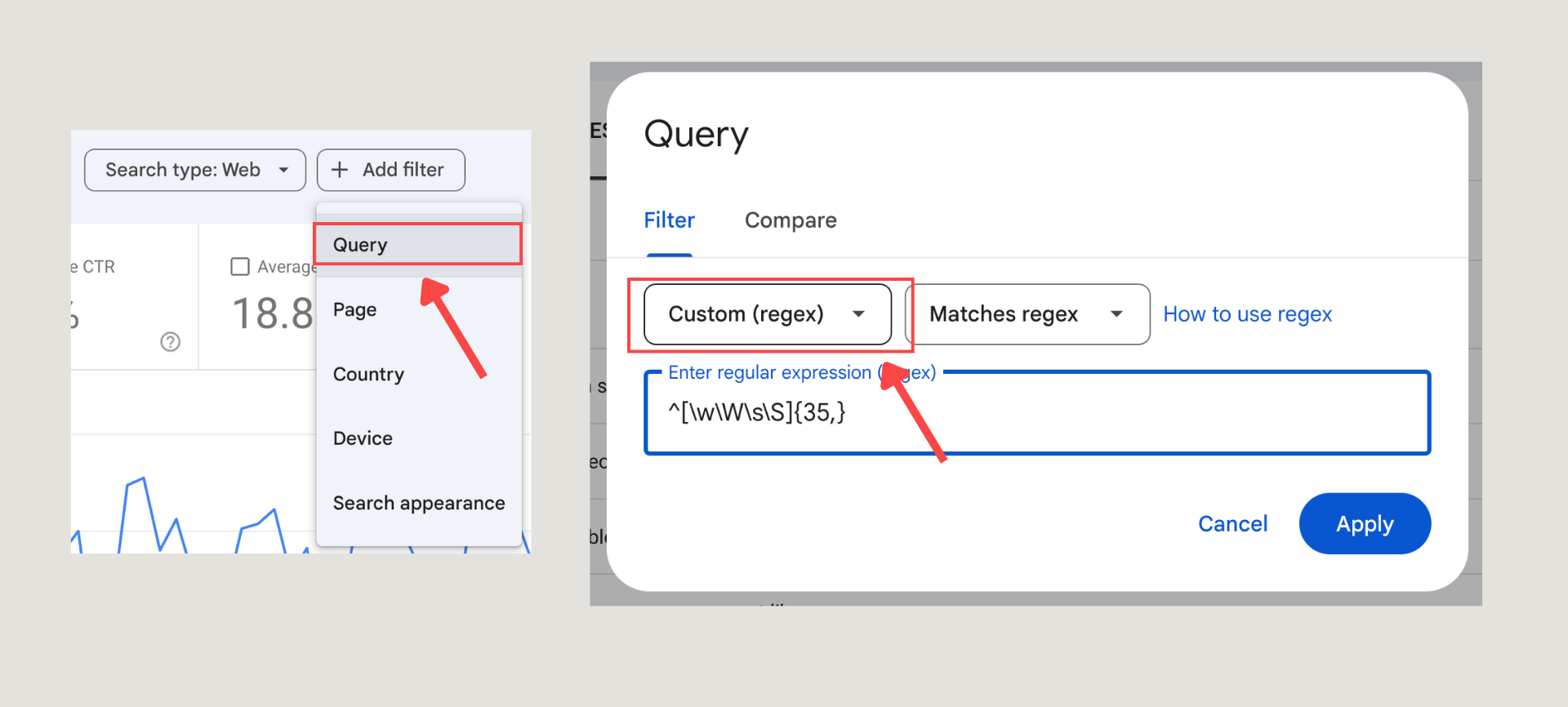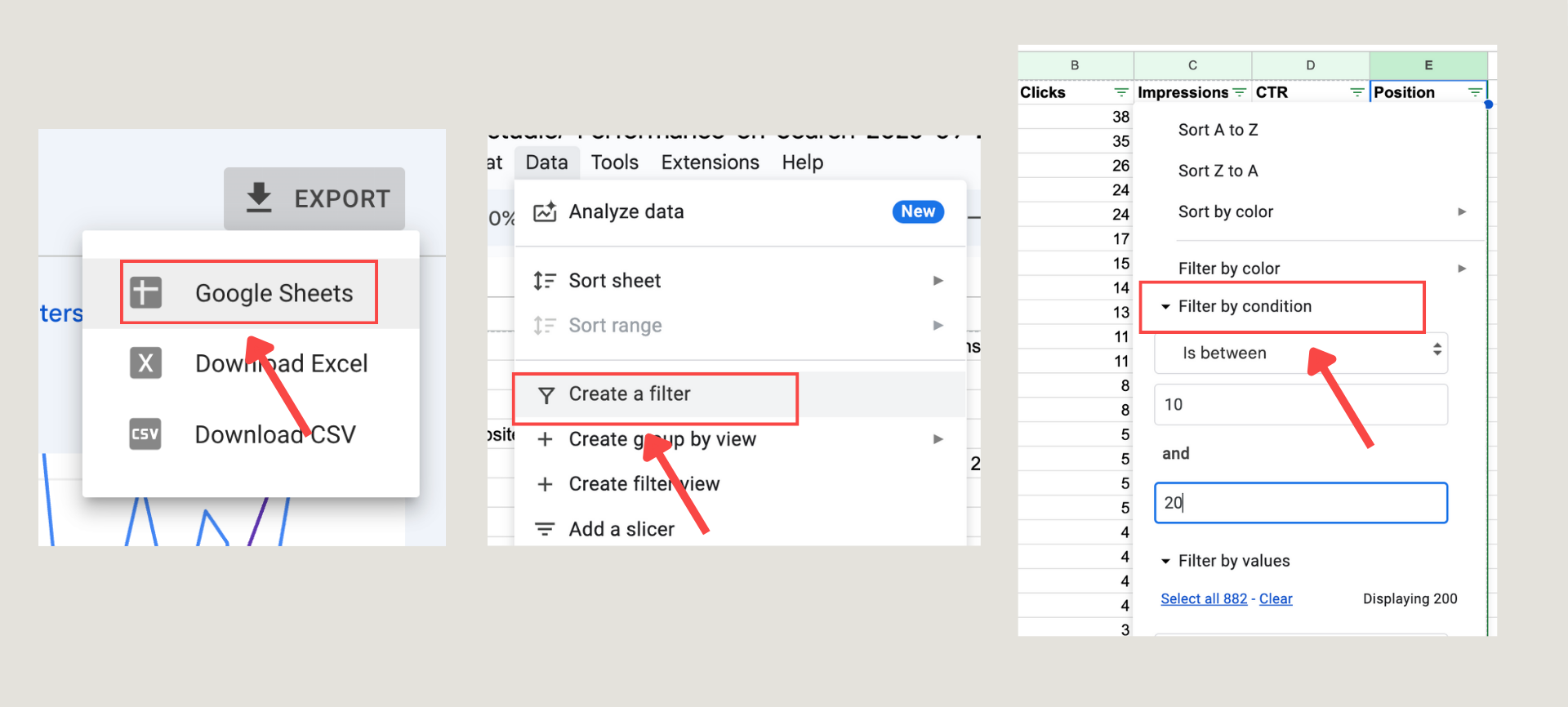How to find Long-Tail keyword using Google Search Console
Are you looking to uncover hidden long-tail keyword opportunities within your Google Search Console (GSC) data? These keywords tend to be longer and more specific queries that can drive highly targeted traffic and are often less competitive.
Here’s a really simple and effective way to find those keywords using Google Search Console and a custom regex filter.
Filter long-tail keywords
Step 1: Open Search Results in GSC
Open Search Results in GSC
Go to Google Search Console and navigate to your property.
Select Performance and then Search results.
Step 2: Add a Regex Query Filter for Long Queries
Add regex filter
On Search Results screen, click Add filter
Set your date filter to the past 3 months or different date range
In the Query dialog, choose Custom (regex).
Select Matches regex.
Enter the following regex:
^[\w\W\s\S]{35,}This regex will filter for search queries that are 35 characters or longer.
You can adjust the 35 to target other query lengths if desired.
Step 3: Review long-tail keywords
All filtered queries
GSC now will return all queries that are at least 35 characters
Export and Analyze in Google Sheets
Export long-tail keywords
Export the results to Google Sheets.
Select the column with the average position data (usually Column E).
Click on Data > Create a filter to enable filtering.
Use the filter drop-down on that column to Filter by condition > is between.
Set the values to 10 and 20.
This gives you queries that are both long (35+ characters) and rank just outside the first page (positions 10–20), pinpointing prime long-tail candidates you should optimize for to push onto page one.
Extra Tips
Page-level Filtering: Instead of filtering your whole site, apply the regex filter to a single page URL for more granular insights. This is especially useful on larger sites to bypass the 1,000-query limit in GSC.
Date Range Selection: While you can select longer historical date ranges, using a shorter period like
28 daysensures the data reflects your current ranking trends rather than outdated positions.Discovering Real User Questions with DocsBot AI: Beyond just optimizing for existing keywords, a tool like DocsBot AI can uncover new, high-value content ideas. By analyzing the questions and conversations that happen in your chatbot, you can see exactly what your audience is struggling with or what information they can't easily find on your site. These user-generated questions are authentic long-tail keywords and can be used to inform your content strategy and create new blog posts or FAQ sections that directly address your audience's needs.
Final Thoughts
Long-tail queries typically reflect more specific user intent. These terms ranking at 10 to 20 are tantalizingly close to page one—the sweet spot to focus optimization efforts. Creating or refining content for these keywords can help you capture that traffic.



